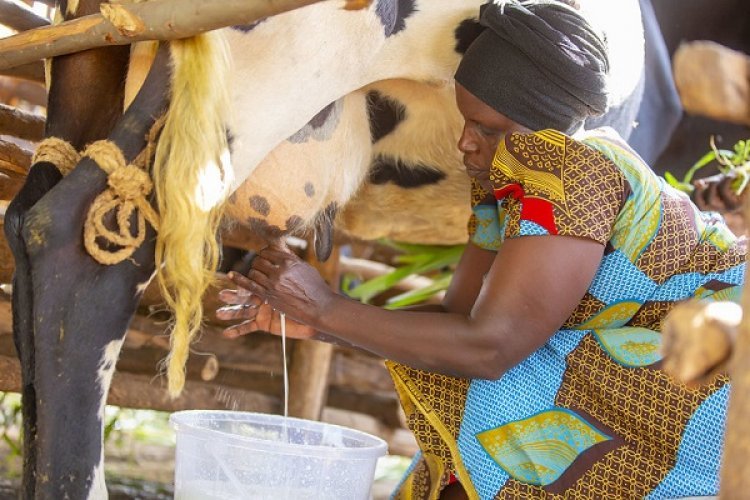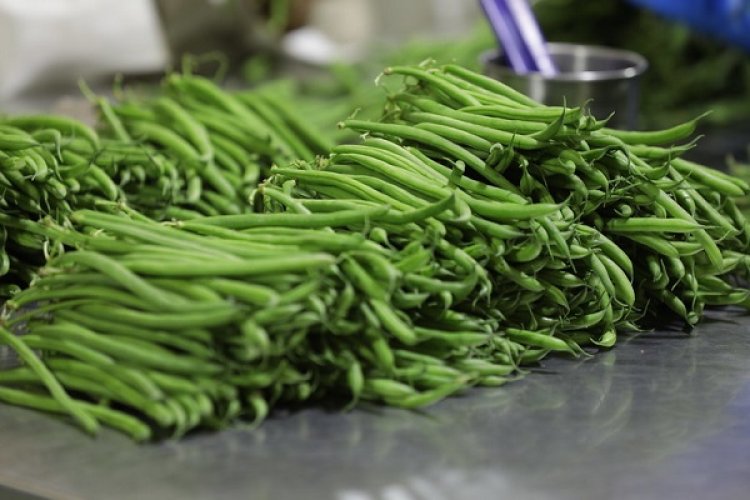There is no relief in sight for consumers as prices of food jumped to new high last month and still rising, forcing low income families to do without some essentials or cut back on meals in a bid to cope.
In March this year, it cost Jeanine Mukanoheri, a mother of three who operates a retail cosmetics shop in Gatsata, Rwf40,000 ($38.7) to keep food on table for a month.
But today with costs of key items like maize flour, beans, rice, cooking oil and other essentials having almost doubled, she needs at least Rwf78,000 ($75.4) to buy the same amount of foodstuffs she used to stock.
Her earnings have barely kept up with the rise in food costs yet bills ranging from rent, transport, utilities and others have also skyrocketed.
She can’t recall the last time she purchased meat, eggs or milk which are source of important nutrients for her little children.
“Now priority is on whatever someone can find relatively cheaper, and not quality of the meal. Unfortunately, everything is costing more day by day. The focus is on having something to put on the table at the end of the day to ensure children don’t go to bed on empty stomach,’ said Mukanoheli.
Food inflation
Her situation is what’s playing out in many families countrywide especially after food inflation rates rose again, by 28.6 per cent in July.
According to the latest Consumer Price Index (CPI), the gauge of the cost of living in the country, prices of items like vegetables, bread and cereals rose the most at 34.4 per cent and 26.3 per cent respectively compared to the same period last year.
There has also been a sharp rise in prices of meat, dairy products and eggs, according to the inflation report released Wednesday.
Generally, costs of items in the ‘food and non-alcoholic beverages’ category rose by 28.6 per cent in July, yet another rise from 25.1 per cent on annual change in June.
Generally, Rwanda’s inflation for the month of July rose by 19.6 per cent.
Also read: Rwanda inflation hits 16.1pc as food costs keep rising
At the current rate of food inflation, a family needs almost two to three times the amount of money for same food stock they used to purchase a few months ago.
In particular, the struggle to make ends meet hasn’t been an easy one for families whose sources of income were affected by the biting unemployment with rates fluctuating between 23.8 per cent in November 2021 and 16.5 per cent as at May this year, according to the National Institute of Statistics (NISR).
Rural families hit the most
Food items and other essentials are more expensive in rural areas as rural CPI increased the most by 22.5 per cent on annual basis compared to 15.6 per cent in urban areas.
The facts on the ground point to the fact farmers suffered high cost of farm inputs such as fertilizer, pesticides and seeds, hence reduce planted acreage – something that has resulted in shortage of food supply on the markets.
Besides, rural families increasingly depend on the market to meet their food needs as they are unable to produce enough to feed themselves.
The food crisis is expected to worsen even further following a rise in fuel prices this month, which saw a litre of petrol and diesel sell at Rwf1,609 and Rwf1,607 respectively from Rwf1,460 and Rwf1,503 in June and July.
The spike in petroleum prices implies increased production expenses and input costs for the commercial farmers and manufacturers respectively, which they factor in costs of produce they put on the market.
Besides, there are concerns that spikes in oil prices could force a section of the producers, who use them to power machinery, to cut back on the planned investments, and this would accelerate food deficits.
Also read: Prices at the pump soar, yet again









